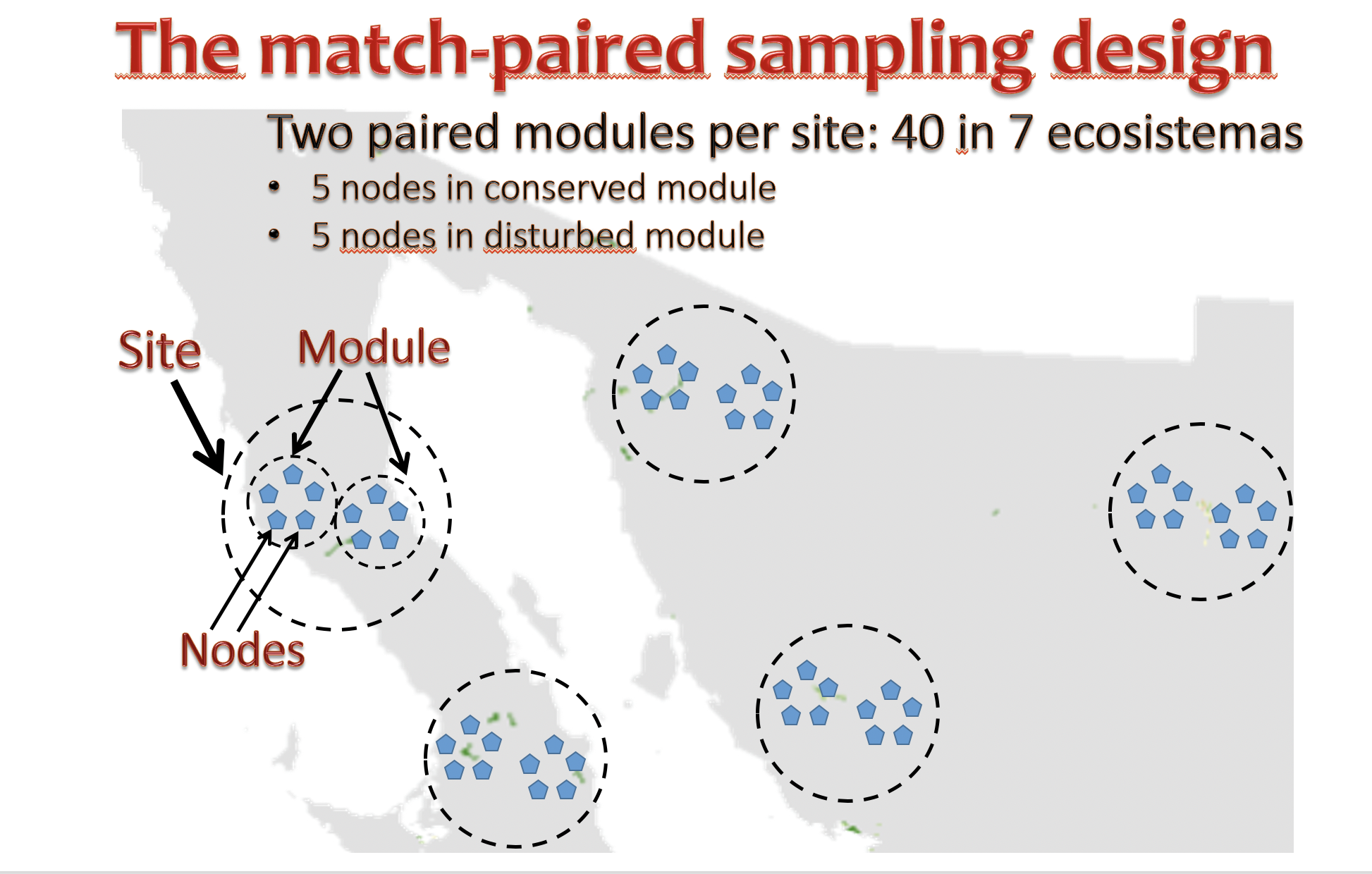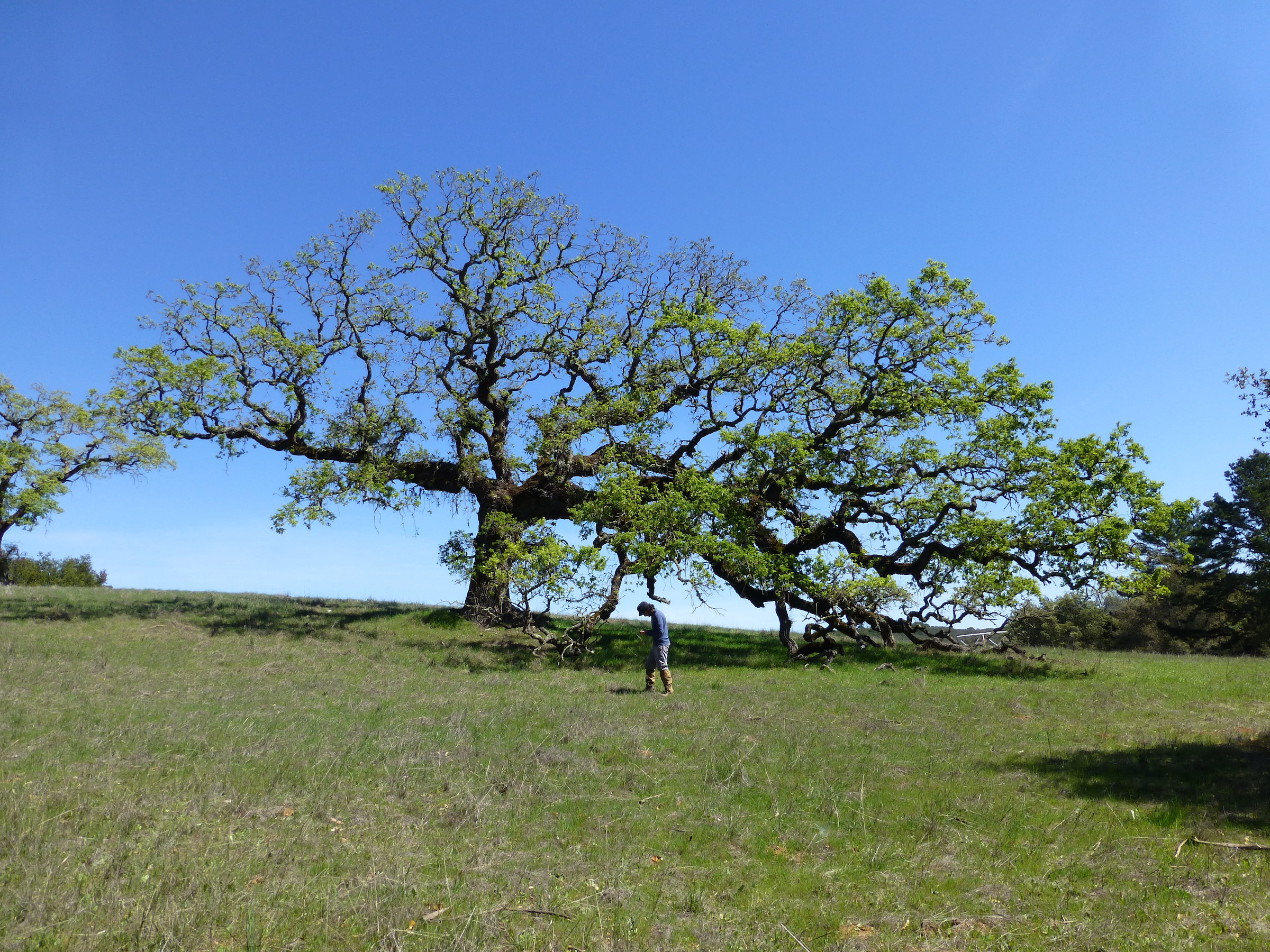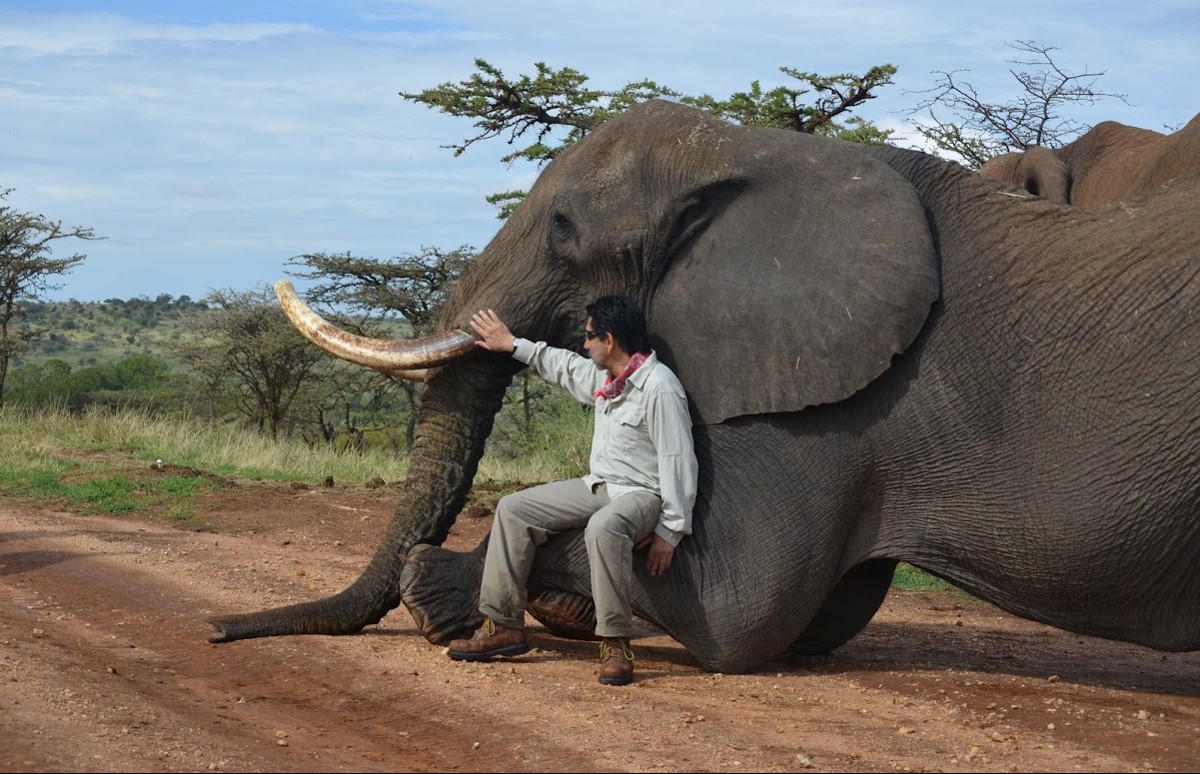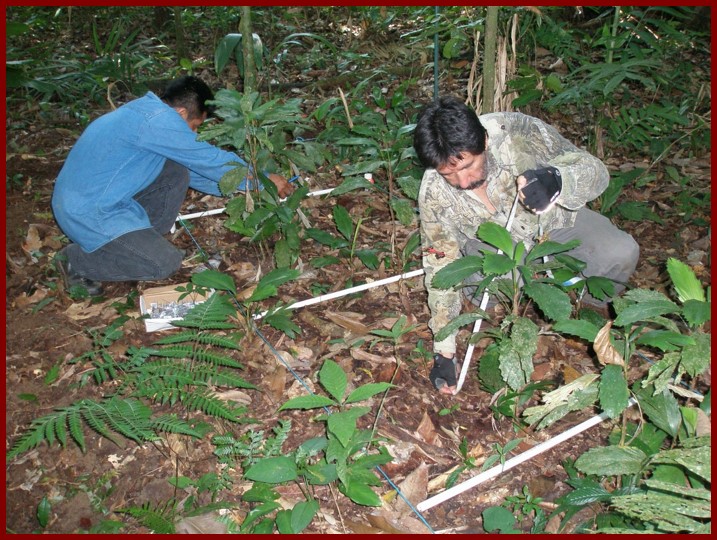Rodolfo Dirzo
Principal Investigator
My research is simply part of the research that most lab members are conducting. In addition to that, I conduct some projects in which students from Stanford –and from other universities– participate. I also conduct research in collaboration with other colleagues from a variety of institutions—nationally and internationally, including the following:
Patterns of herbivory in plants from continuous and fragmented forest at Los Tuxtlas research station. Collaborators: Betsabe Ruiz, Roger Guevara, Armando Aguirre
Herbivory-driven induction of chemical and physical defenses: epigenetic consequences across multiple generations in wild radish. Collaborators: Mar Sobral, Isabelle Neylan
Impact of mammalian herbivory and trampling on understory plant communities from Mexican rainforests of contrasting levels of defaunation: Montes Azules and Los Tuxtlas. Collaborator: Eduardo Mendoza
Effects of logging on mammalian communities from Maya forests in the Yucatan Peninsula. Collaborator: Gabriel Gutierrez-Granados
Effects of defaunation on plant community structure and ecosystem processes and services in tropical ecosystems . Collaborators: Hillary Young, Douglas McCauley
Ecological and biodiversity consequences of oil palm plantations in the Osa Peninsula, Costa Rica—The Intitative Osa-Golfito (INOGO). Collaborator: William Durham
Plant species richness in tropical forests of Mexico: Analyses at the scale of 0.1 ha. Collaborators: Juan Carlos Lopez, Armando Aguirre
Effects of mammalian herbivory on oak regeneration in California woodlands. Collaborator: Roger Guevara
Effects of rat eradication on antive and coconut-invaded forest in the Palmyra atoll. Collaborators: Hillary Young, Douglas McCauley
You can find a copy of my CV attached to the link below:
Posts by Rodolfo Dirzo
Expert prognosis for the planet – we’re on track for a ghastly future
SAD NEWS: THE PASSING OF MARIO MOLINA THE ONLY MEXICAN SCIENTIST WINNER OF THE NOBEL PRIZE
BIO 121: Ornithology
Ornithology (BIO 121) -This course will introduce students to the biology of birds and the tools needed to use birds as model systems for research. Topics will include avian evolution, physiology, adaptations, behavior, and ecology. It focuses on identification of California birds and applications to current bird conservation issues and includes lectures and a field… Read more BIO 121: OrnithologyA New National System for the monitoring of biodiversity and the role of ecosystem integrity in regulation zoonotic disease in Mexico
The Debate: Global Biodiversity Is Falling Fast, Imperilling Humanity. Can Better Policy Avert a Collapse?
Incidence and dynamics of mistletoe infestation on the oaks of Jasper Ridge
Ecology of oak regeneration at Jasper Ridge
Osa-Golfito Initiative in Southern Costa Rica (INOGO)
Linkages between wildlife defaunation, savannah ecosystem structure and composition, and consequences for small mammal abundance in the context of risks for human health
Consequences of defaunation on the structure and diversity of the understory in neotropical forests
More
Members Area
Latest News
- Reconnecting People + Nature in the Anthropocene (YouTube videos)
- A Dirzo Podcast on mass biological loss is now uploaded onto YouTube & audio platforms
- New paper: Restoration of plant-animal interactions in terrestrial ecosystems
- New paper: Trophic rewilding benefits a tropical community through direct and indirect network effects
- New paper: Phenotypic plasticity in plant defense across life stages: Inducibility, transgenerational induction, and transgenerational priming in wild radish





